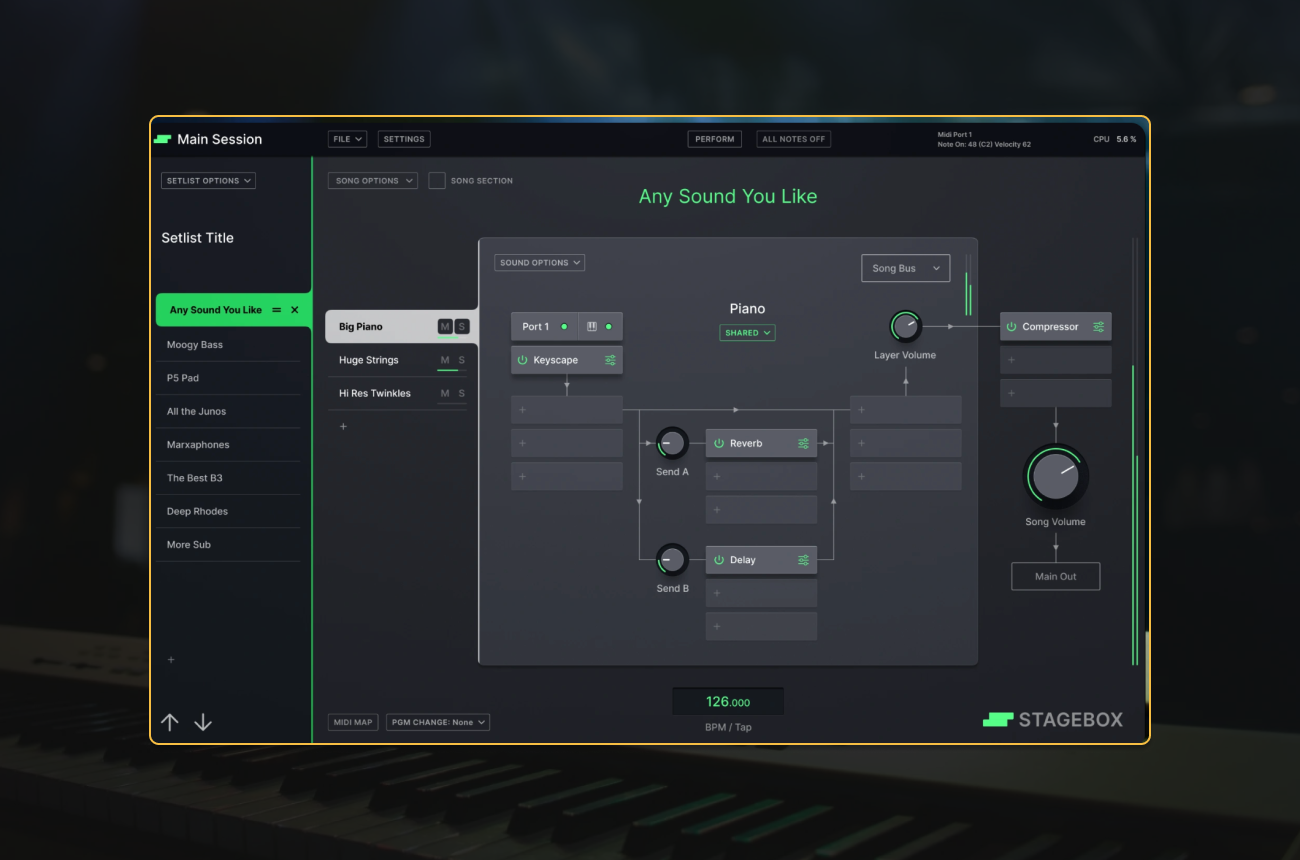Blog
How to Create an Audio Plugin Part 0: What is the JUCE Framework?
This article introduces beginners to the JUCE Framework, showing how it simplifies building cross-platform audio plugins and helps creators turn their musical ideas into professional software.
If you’ve ever dreamed of building your own synth, sampler, or VST plugin, you’ve probably hit that classic beginner question: where do I even start?
That’s what we’re diving into in Part 0 of the Build an Audio Plugin series, a hands-on introduction to the JUCE Framework, one of the most powerful and beginner friendly toolkits for creating cross platform audio software.
By the end of this article, you’ll understand what JUCE is, what it can do, and how it can help you build your first audio plugin faster, even if you’re new to coding.
What Is the JUCE Framework?
JUCE is a C++ framework for audio plugin development. It gives you everything you need to build professional quality VST, AU, and AAX plugins or standalone audio apps that run on Windows, macOS, and Linux.
Definition: A framework is a collection of libraries and tools built on top of a core programming language, in this case C++. Instead of coding everything from scratch, you can rely on prebuilt components that handle the technical plumbing such as file management, math functions, UI rendering, and audio buffers.
In short, JUCE lets you focus on your creative idea, not on configuring build systems or debugging OS specific code.
Before JUCE existed, developers needed to write separate codebases for each plugin format, one for VST, one for AU, and one for AAX. JUCE abstracts all of that away. You simply select which platforms you want to support, click Build, and JUCE handles the rest.
Exploring JUCE Modules
When you open JUCE, you’ll see a folder called Modules. These are its building blocks. Each module provides a specific set of features you can plug into your project. For example:
juce_audio_basics - Audio buffers, MIDI utilities, and synthesizer classes
juce_core - File handling, math, and memory management
juce_gui_basics - Tools for creating your plugin’s user interface
Tip: Think of modules as the ingredients for your audio recipe. You pick and mix what you need, whether that’s DSP, UI, MIDI, or graphics.
Another major advantage is that JUCE includes a full graphics and UI framework. You can use built in components like sliders, buttons, and text boxes or design your own custom interface from scratch. This saves weeks of development time and gives your plugin a polished look.
Why Choose JUCE for Audio Plugin Development
There are plenty of programming frameworks out there, but JUCE was built specifically for audio. Here’s why it stands out.
1. Fast Setup with the Projucer
JUCE comes with a tool called the Projucer, a built in project generator that gets you coding within minutes. Choose a project type, plugin or standalone app, select your modules, and you’re ready to start writing DSP or UI code with no messy build setup required.
2. Cross Platform by Design
Write your plugin once, and JUCE handles compiling it for Windows, macOS, and Linux. It also supports major plugin formats like VST3, AU, and AAX, meaning your plugin will run seamlessly in most DAWs, or Digital Audio Workstations.
3. Scales with Your Skills
As you grow more comfortable, JUCE integrates smoothly with CMake and advanced build tools, letting you graduate from small prototypes to professional grade software without switching frameworks.
Who Uses JUCE?
JUCE isn’t just for indie developers. It’s trusted by some of the biggest names in the music tech world, including Spitfire Audio, Serato, Korg, Pioneer DJ, and more.
That means the same framework you’re learning here is behind countless professional instruments, samplers, and effects. For creators, this makes JUCE an amazing place to start. You’re learning the same tools used by top engineers and DSP developers.
How to Download and Install JUCE
There are two easy ways to get started with JUCE.
- Download from the official website
Head to JUCE's website and choose your preferred license. JUCE offers free options for students, hobbyists, and smaller projects, as well as commercial tiers for professional use. - Clone the GitHub repository
If you’re comfortable using Git, you can clone the JUCE repo directly from GitHub. This gives you instant access to the most recent updates and open source contributions.
Once installed, unzip JUCE, open the Projucer, and you’ll be ready to create your first project.
Why JUCE Is Perfect for Creators and Beginners
For many musicians and sound designers, coding can feel like a foreign language. JUCE helps bridge that gap between creative imagination and technical implementation.
Example:
Let’s say you want to build a reverb effect that mimics a vintage plate sound. Without JUCE, you’d have to manage everything, buffer handling, parameter management, UI drawing, and plugin format compatibility.
With JUCE, those systems are already in place. You can jump straight into designing your DSP and experimenting creatively.
That’s why JUCE has become the go to choice for creators, musicians, and developers looking to bring their audio ideas to life.
Next Steps: Build Your First JUCE Project
Now that you understand what JUCE is and why it’s so popular, you’re ready to start building. In the next tutorial, we’ll cover how to:
- Set up your first JUCE project using the Projucer
- Explore the plugin project structure
- Understand how the editor and processor parts of your plugin connect
This will lay the foundation for building your very first audio plugin from scratch.
Join Our Global Audio Developer Community
Want help turning your ideas into real plugins? You’re not alone.
Join our Discord community with thousands of developers, sound designers, and creators learning audio programming together.
Explore tutorials, live streams, and learning resources here.
Whether you’re a musician taking your first steps into coding or a developer exploring the world of DSP, JUCE is your gateway to professional audio plugin development.
Until next time, happy coding, and see you in Part 1!
Joshua Hodge
The Audio Programmer



